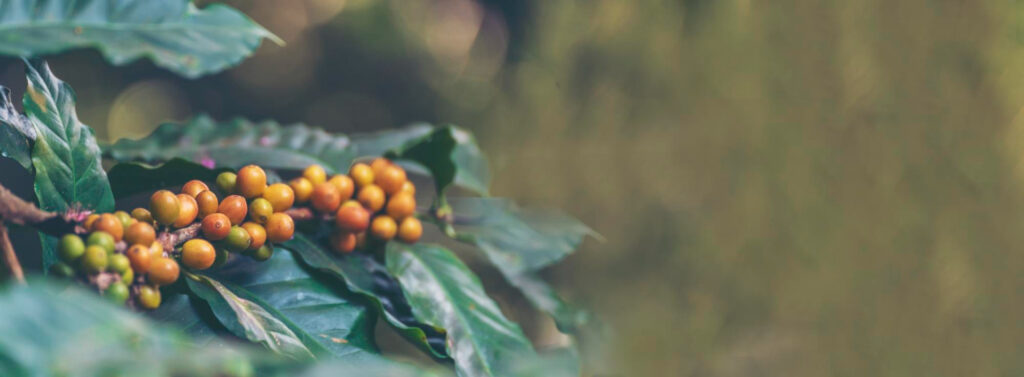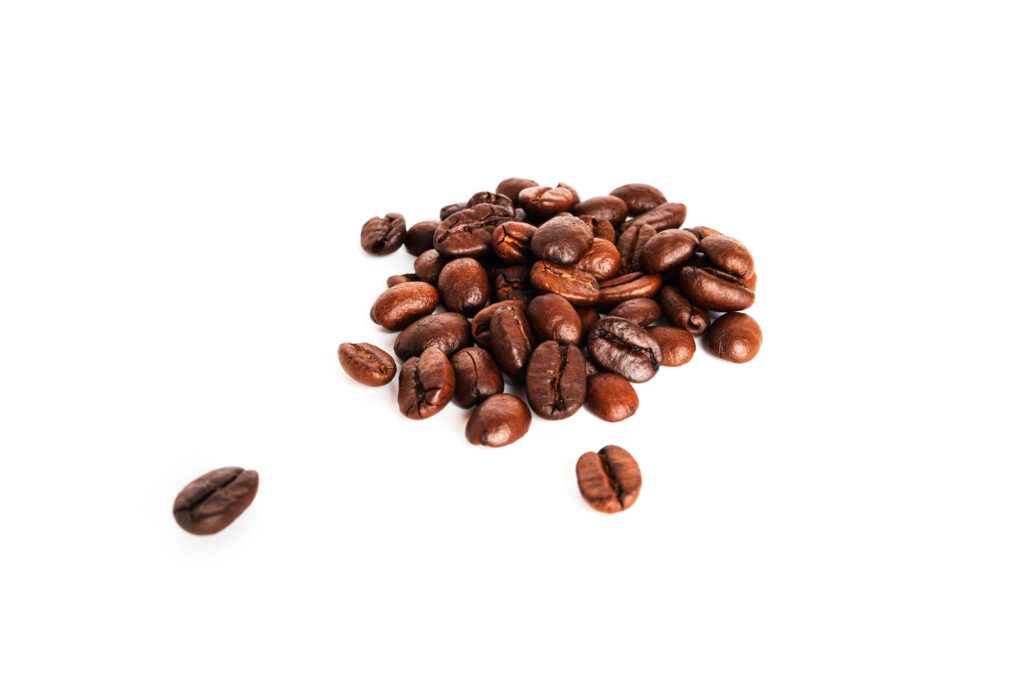Coffee is not only one of the most refreshing, fragrant drinks, which has long been in everyday use, but also the name of the genus of evergreen plants from whose fruits it. Caffeine is the most used drug in the whole world. And it gets into our bodies with coffee. Countless people across the globe brew a pot of coffee before heading out the door. Someone drinks it with milk or cream. Others prefer it with sugar, lemon, and even salt. Already many people cannot imagine their day without delicious coffee. But do you know everything about coffee? Where it came from, its valuable properties, and whether it can harm our body.

History of coffee How it all started?
An ancient legend says that the first person who noticed the refreshing effect of this plant was the Ethiopian shepherd Kaldim. Sheep that ate the leaves of a wild coffee tree became energetic and began to frolic and jump. After informing the abbot of the nearby monastery of the effect, the latter decided to concoct a remedy. After the abbot tasted it, he decided that the drink could help the monks stand for a long time during the service. To date, it is difficult to say whether this is true, but the coffee drink was ubiquitous in Ethiopia and other African countries.
In the 15th century, the first coffee plantation appeared on the territory of Arabia. This drink gradually got to Europe, which happened in the first half of the 16th century. Even despite the negative attitude of doctors, the first coffee shops appeared in such well-known cities as Venice, Marseille, and France. The church believed that this coffee drink would negatively affect Christian souls and was also poorly tuned to coffee from the East. Beginning of the 17th century, the Pope decided to bless the glass and open the way for him to the tables of Europeans.
What is the secret of coffee?
The drink’s popularity was primarily due to its unique properties, quickly becoming known to doctors and allowing them to prescribe coffee as a medicine. Coffee:
- Improves attention, memory, and mood,
- It increases concentration when a person is tired,
- It is effective in combating headaches, especially migraines,
- It helps tackle hypotension, as it increases blood pressure,
- Features potent diuretic properties.
- The benefits and harms of coffee
There is unlikely a second product on Earth that would cause many disputes and disagreements. To date, the qualities of coffee beans into positive and negative, but scientists do not put an end to this. To a greater extent, the benefits and harms are interrelated and depend on the characteristics of the human body.

The benefits of coffee
The positive aspects include:
- Prevention of Parkinson’s disease, diabetes, heart attacks, asthma, migraines, hypertension, cirrhosis of the liver,
- Assistance in enhancing reproductive functions in men,
- Benefits for diseases of the nervous system, vascular spasms, infectious diseases, and digestive disorders.
The harm of coffee
The opposing sides should include:
- The physical dependence on the product,
- Too much nervous excitement from a large amount,
- Cardiovascular diseases,
- Leaching of helpful trace elements from the body: potassium, calcium, magnesium, and sodium.
Types and varieties of coffee
Although there are more than 90 distinct types of coffee, only two of them account for around 98% of overall production:
- Arabica and robusta.
- Arabica accounts for 70% of this number.
Its grains have an oblong shape and a smooth surface. Before grinding, they get the right taste and aroma. Robusta is considered less refined coffee, but the plant grows faster and is more resistant to pests. Its grains contain more caffeine, so it is used in espresso mixes to reduce the cost of raw materials and obtain a better foam.

Guide to picking the right beans and brewing the perfect cup of coffee.
Coffee preparation can come into several stages. First, the grains are collected and mixed to get a unique taste and balance the result. Then the grains are fried and ground. The degree of roasting and the coarseness of grinding depends you decide to prepare a drinking apparatus.
When choosing coffee, please pay attention to its aroma and the appearance of the grain.
- The first one should be bright, rich, and flavorful. The second ones should be the same in size, color, and roasting, not injured on the way.
- After harvesting, there should not be more than a year that passes until the moment of roasting.
- The packaging must not be torn or soiled.
- And most importantly, good coffee will not be cheap. It is to one’s advantage not to economize on the flavor of the grains.
Black coffee is drunk from small porcelain cups and washed with cold water. Many amateurs, however, recommend doing the opposite: first a sip of water, then a drink—coffee with milk in tea cups, cappuccino — in 150 ml cups. If you have been served coffee in an oriental way, do not stir it so as not to raise the grounds from the bottom. The same applies to Turkish coffee.



